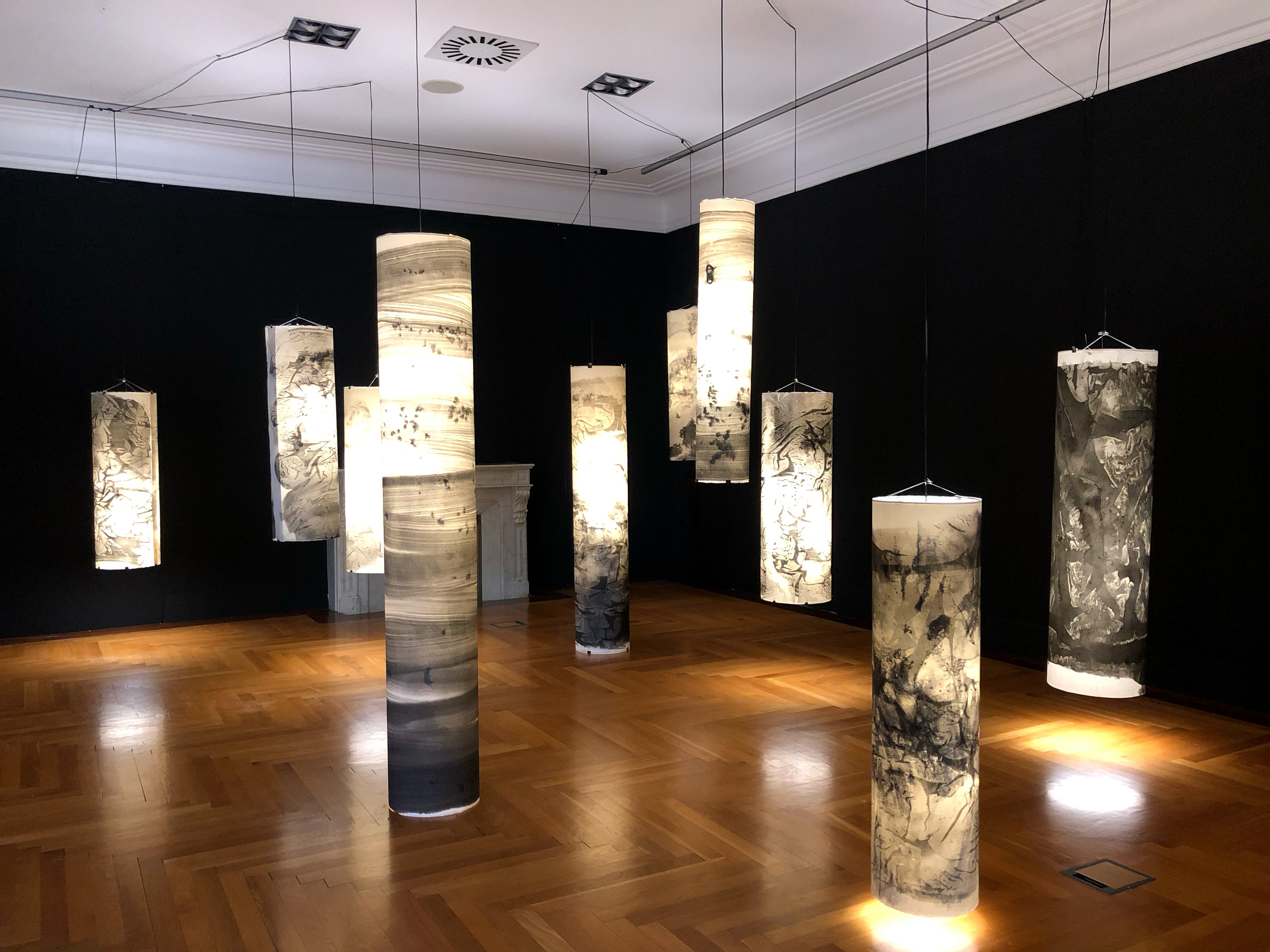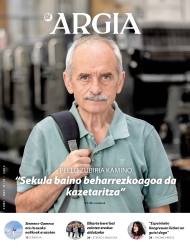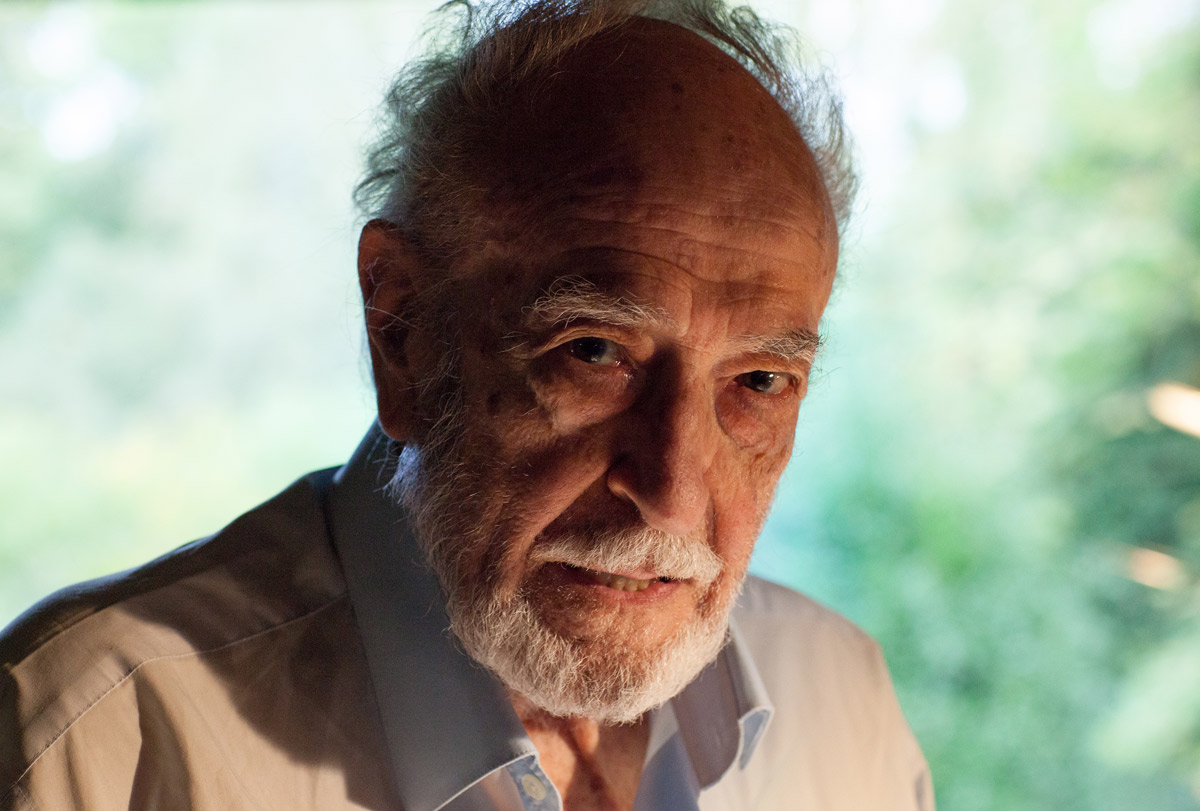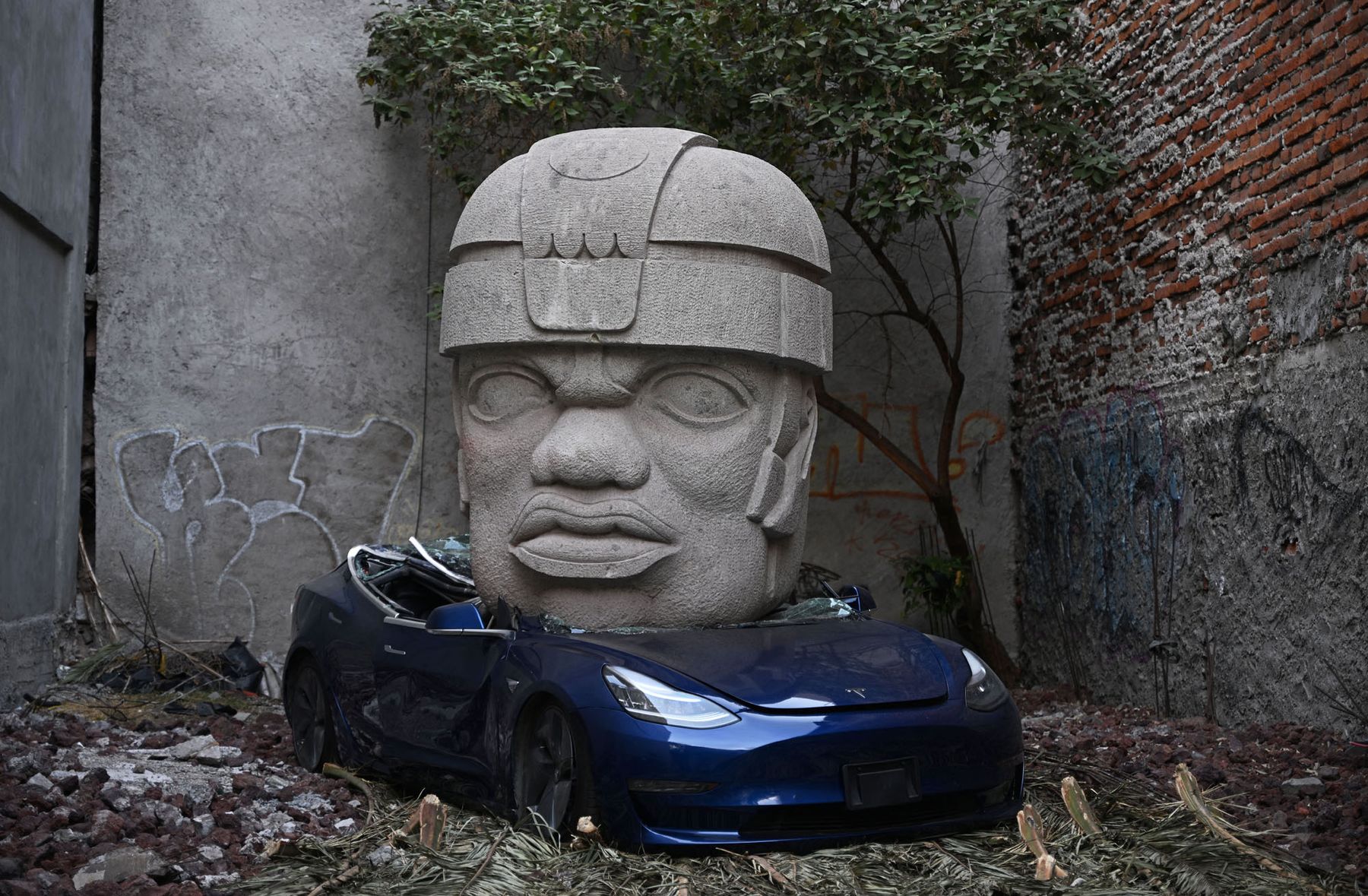Exploring in nature
- I often forget how nice it is to walk through the Gladys Enea Park of San Sebastian, enter the forest and take a hill that goes up. Converted into trees on the path, the highs ask for the heat of this extraordinary fall, and with the melody of the birds of dawn I come to the Cristina Enea Foundation. At the gates of the palace, the family of turkeys has welcomed me. They walk from one side to the other, without depending on human presence, at those hours in the morning, indigent and tranquil. Ángel Peris Cuesta, artist of the autumn exhibition, awaits me at the entrance of the Foundation. It is exposed until 12 December.

The exhibition prepared by the artist (Valencia, 1993) is entitled Diálogo con la naturaleza. The graphic work covers various plants and spaces of the old palace of the Duques de Mandas, as a sample of the artistic research he has carried out during all these years. Peris Cuesta studied at Central Academy of Fine Arts (CAFA) in Beijing and in 2020 graduated from a Chinese Academy of Art (CAA) painting master in the city of Hangzhou. The experience and studies in China have completely marked their artistic activity, and since that time comes the tendency to work with natural papers and pigments. She has been present on many occasions, has shown her work in the Donostia Gallery of Art and, among other things, has worked intensively with the filmmaker and artist Isabel Herguera in her last film, The Dream of the Sultana [The Dream of Sultan], preparing watercolor backgrounds. Lately, like many artists, it has started to train in ceramics and has brought its own paper graph to ceramics. Peris Cuesta is a young man with a strong international trajectory.
Walking through the stations of this picturesque palace, we discovered that the support in which the artist works is the paper, and more specifically the paper is the raw material of his artistic production, the protagonist and all his production. All the prejudices we can have about paper fade away when we discover what the strength and firmness of paper looks like. The twisted sheet of paper creates bodily installations of light that, hanging from each other at a certain distance, seems to pass through a paper forest, accompanied by a vegetable landscape that enters the windows of the palace. The artist chose a long time ago: in his work he uses neither chemicals nor artificial raw materials; in other words, he only works with that of natural origin. So, explore all the possibilities that paper can have. For example, through a technique studied in China, glue together different typology and grammar papers without the need for glue, since paper pores can be assembled to pores of another paper, or it shows us the marks that dark fluid leaves through the veins of paper printing inks. They are all subtle and skilled gestures.
Its elegant wooden floors, its high ceilings and moldings, its beautiful marble fireplaces. All this gives the artist's work a temperate atmosphere, in which, grouped into installations, he generates a series of tours through the palace spaces. A year ago the artist’s work was exposed in the Arte gallery, where he showed a large selection of framed drawings, complex drawings made with Chinese ink, in which the motive that was repeated was corn, a natural space that is repeated both in Hangzhoun and in the Valencian landscape. However, the most spectacular work of the gallery is also an inflatable that can be seen in the exhibition of Cristina Enea. It is an inflatable paper shaped cave that redisplays the resistance of the paper. It is a large wind bloated volume, with capacity for two people, and the whole surface of the paper is decorated with beautiful black ink drawings. These are the strokes of a hand that works with great certainty and experience.

I am glad that the colour is present in the exhibition. I have often asked artists if I wanted to start working with color and this time we see on large surface papers ranges of colors from different minerals. Through small strokes and following a sequence, it shows us all the colors that can be extracted from a particular mineral, like a Pantone Charter. These minerals come from various parts of China and are the result of their excursions with Professor WangXiongFei. Next to it, inside a showcase, the artist explains the origin of these pigments and their use. The watercolor, which could be a case, is a small sample of natural pigments like the magic powders of a wizard that remains hidden in small glass containers.
We move forward in the exhibition down the stairs that I didn't know and that lead to a kind of attic. There are three close luminaires that capture the light from the park and permeate the gallery of this space with light. The artist intervenes in these depths, uploaded to a staircase, accompanied by a long brush. In the past few days he has climbed to the Urgull, Ulia and Igeldo mountains of San Sebastian and has taken samples of his land: dark clay, gray stones, brown scrubs. With some confusion and dissolved in the water, he has used the soil of the three mountains to decorate the holes of light and to forge these white surfaces with Donostiarras lands.
Peris Cuesta has recently worked in Tangier and Marrakech, focusing on ceramics, burning tiles, dishes and containers in the oven of the NOBorder gallery. I very much liked the source in the loft of Cristina Enea, who for the first time reminded me of the Nazi fountains of the Alhambra, when I saw the tiles of Peris Cuesta, soaked in water, but there. Next door he has placed three sculptural ceramic bodies, generous and elegant, and I've enjoyed seeing in them also his brand, his way of doing, his style, which sounds to me.

We have finished the visit. The sun is gaining strength and the rays penetrate through the large windows of the palace, long and viscose, splashing everything with light. It also affects the artist's drawings, the hanging papers create new shadows on the wall, on the ground, and as elements of nature they become plants. The exhibition features a warm whole, a smooth, smooth and pleasant rhythm. After leaving the palace behind and descending down the hill to the Egia district, it is a nice experience I have with me.
Painted by Millet Las espigadoras, that painting hanging from the walls of so many houses, that painting that is part of the decoration of so many shops and establishments, that work that represents a scene of the agricultural works of the past, perhaps because of its beauty, or... [+]














